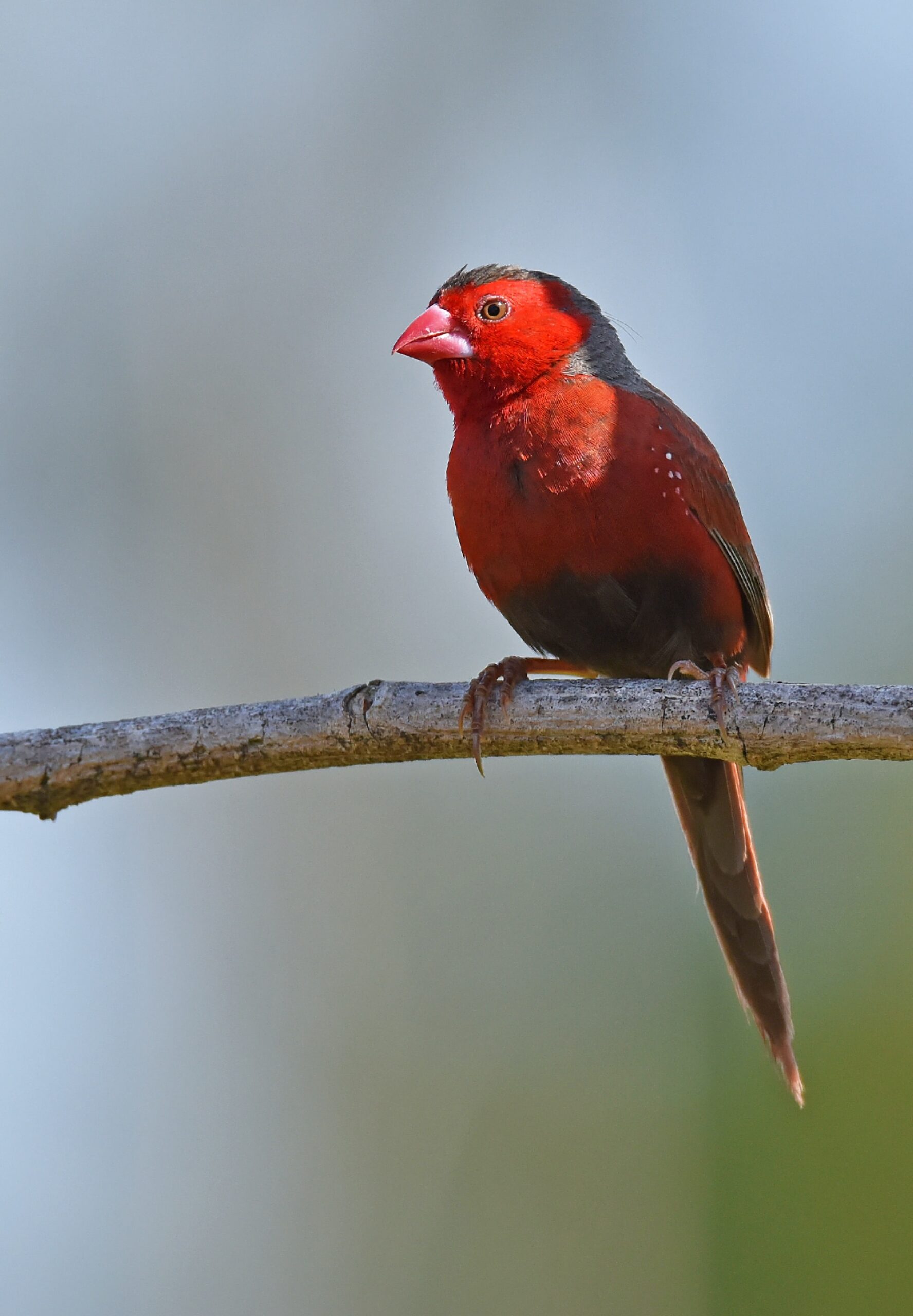There’s something inherently beautiful about turning your backyard into your very own wildlife photography studio. It’s the allure of capturing nature in its authentic, unfiltered form right from your comfort zone. Wildlife photography can be challenging but taking the time to find the right conditions and techniques to shoot from your garden can present a ton of stunning opportunities. This guide walks you through 8 steps to help turn your backyard into a paradise for garden wildlife photography. So, let’s get started!
Doing Research
Before you start, equip yourself with knowledge about your local wildlife. Understanding their behavior, peak activity periods, and interaction habits can significantly enhance your photography. Is there a particular bird species that visits at a specific time? What are their feeding habits? Gathering such information not only adds depth to your snaps but also helps you anticipate key shot moments. A valuable resource to start your research could be Nature TTL, providing fascinating insights into the local wildlife behavior.
Preparing Your Garden
Your garden must be inviting to wildlife. Create mini-habitats with diverse plantings and clean water sources to attract a wide range of species. Birdhouses, debugging plants, and even mini-ponds can turn your garden into a bustling hub of activity. Consider your garden’s layout and how to integrate wildlife friendly areas while maintaining aesthetics. For more on creating a harmonious space for both wildlife and the human eye, visit Discover Digital Photography. Remember, the more diverse your garden, the more unique photography opportunities!
Positioning and Setup
Take time to determine the best viewpoints in your garden. Look at light direction, background clutter, and potential distractions. Your setup should ensure maximum visibility of wildlife while being non-intrusive. Keep your camera at the right height and angle for optimal shots. Learning to focus manually may also prove beneficial in capturing fast-moving critters. The success of your capture heavily depends on making these right choices.
Lighting and Timing
Understanding natural light and its impact on your shots is crucial. Time your shoots for when the light is soft – typically, this is during the golden hours of dawn and dusk. These periods offer breathtaking hues and shadows, adding depth to your images. Observing this simple detail can make a significant difference, transforming a typical shot into an extraordinary one.
The Right Equipment
From cameras to lenses, the right equipment is essential. A DSLR or mirrorless camera with a good macro or telephoto lens can deliver crisp, close-up shots. Tripods offer stability, especially for long shoots, and a remote shutter release minimizes shake. A waterproof cover protects your gear in unpredictable weather. With these tools ready, you’re equipped to face any challenge in your garden wildlife photography.
Patience and Persistence
Let’s get one thing straight – wildlife won’t pose at your command. Patience, therefore, is the cornerstone of wildlife photography. You’ll need to wait, often for long periods, for your subject to appear and act naturally. It may get frustrating, but remember, those magical shots are a result of persistence, keen observation, and a lot of waiting. Because in the end, providing undisturbed time for wildlife to reveal itself is ultimately rewarding.
Post-Processing
Finally, breathe life into your raw captures with some post-processing. You don’t have to be a pro at this – basic adjustments like cropping, contrast and brightness correction, or a bit of retouching can enhance your shots immensely. Feel free to explore and experiment with different styles until you find one that best enhances your particular shoot. Check this blog by Espen Helland for some inspiration. Always remember, a tastefully edited photo maintains its natural charm.

